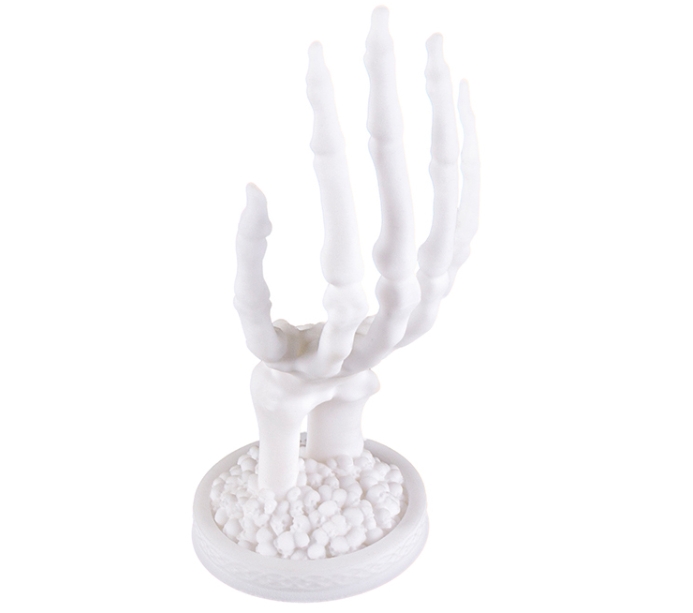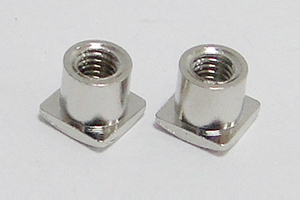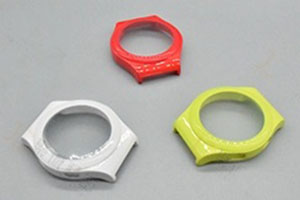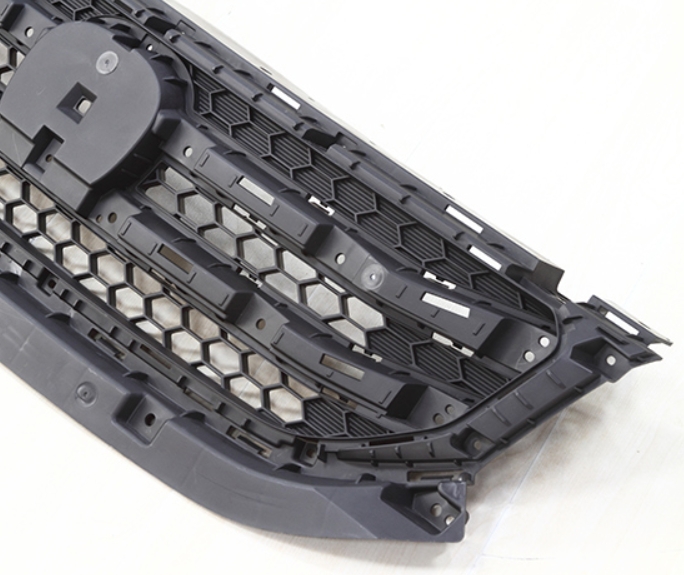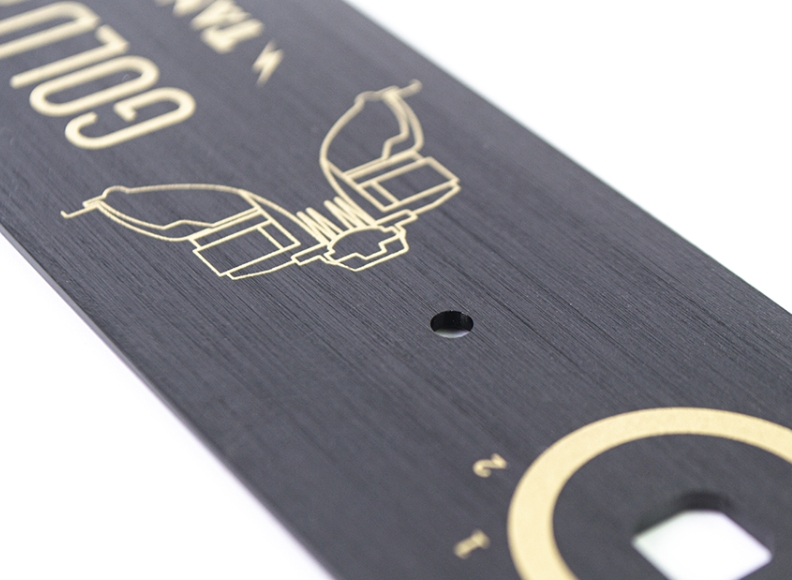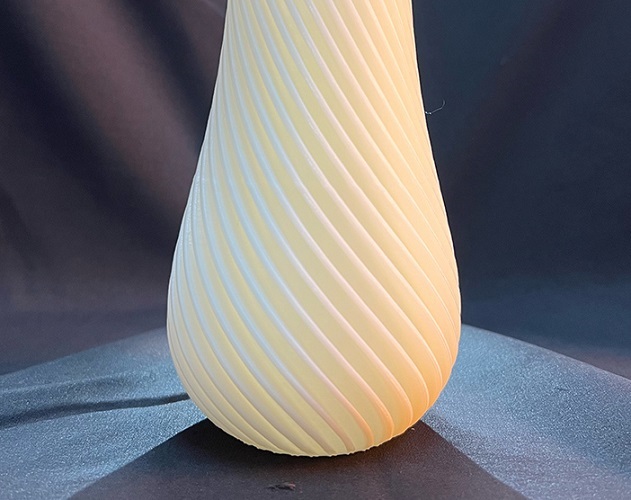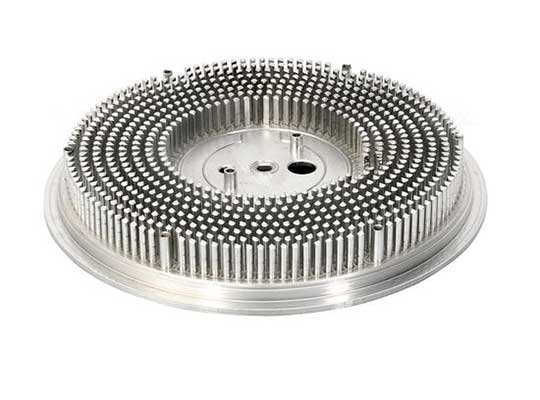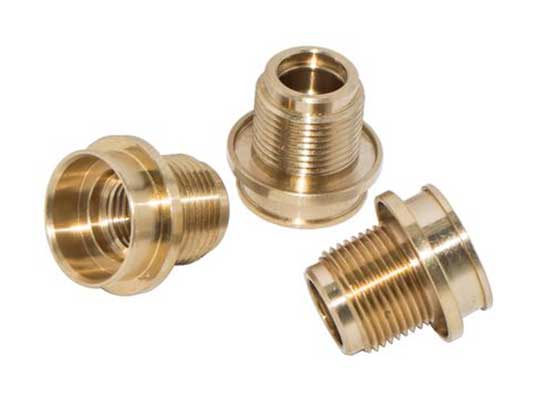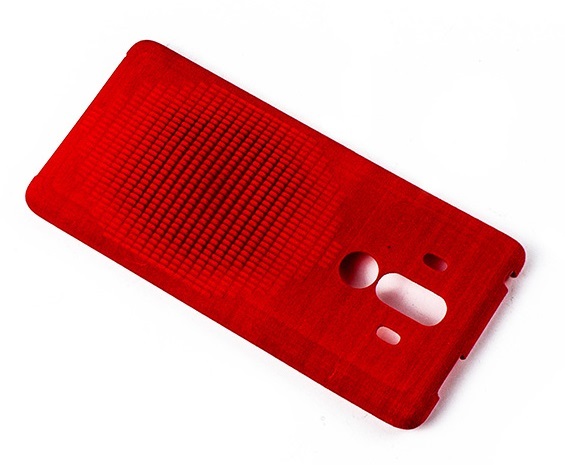In the fast-paced world of medical device development, 精度, スピード, and safety are non-negotiable. That’s why 3D印刷 has become a game-changer for creating medical device prototype models. 従来の製造方法とは異なり (which often struggle with complex shapes and slow turnaround), 3D printing builds parts layer by layer—turning digital designs into physical prototypes in hours, not weeks.
But what specific advantages does 3D printing offer for medical device prototypes? このガイドで, we’ll break down 9 key benefits, back them up with real-world examples and data, and explain how they solve common pain points in medical R&d. 私たちの目標は、エンジニアを支援することです, デザイナー, and healthcare innovators leverage 3D printing to build better, safer medical devices faster.
1. Accelerates Design Validation: From Concept to Physical Model in Days
Design validation is critical for medical devices—you need to test if a design works before investing in mass production. 3D printing cuts this process from weeks to days by letting you turn a digital CAD file into a physical prototype quickly.
- それがどのように機能するか: Upload your design to a 3D printer, 素材を選択します (例えば。, biocompatible resin), 印刷を開始します. Most small to medium prototypes (例えば。, a syringe barrel or sensor housing) take 4–8時間 to print.
- なぜそれが重要なのか: Early design validation helps you spot flaws (like awkward grips or misaligned components) before they become costly mistakes. 例えば, a team developing a new insulin pen used 3D printing to test 5 design iterations in 2 weeks—something that would take 2 months with traditional machining.
- データポイント: According to a 2024 survey by the Medical Device Innovation Association, 78% of R&D teams using 3D printing reduced their design validation time by 30–50%.
2. Enables Realistic Functional Testing: Simulate Real-World Medical Use
Medical devices don’t just need to look right—they need to work right. 3D printing lets you create prototypes that mimic the functionality of final devices, so you can test how they perform in real-world scenarios.
Common functional tests for 3D-printed medical prototypes include:
- Motion simulation: Testing the range of motion of artificial joints (例えば。, a 3D-printed knee prototype that bends like a real knee).
- Fluid flow testing: Checking if a 3D-printed catheter prototype can deliver fluid smoothly without leaks.
- User comfort testing: Having clinicians hold a 3D-printed surgical tool prototype to assess grip and balance.
ケーススタディ: A company developing a portable ultrasound probe used 3D printing to make 10 functional prototypes. They tested how the probe fit in clinicians’ hands and how easily it scanned patients—adjusting the handle shape twice based on feedback. The final prototype had a 92% satisfaction rate among test users.
3. Drives Innovation: Test Bold Ideas Early in Development
Innovation in medical devices often requires taking risks—but traditional manufacturing makes it hard to test bold ideas (since creating a single prototype can cost thousands). 3D printing lowers this barrier by making it cheap and fast to iterate.
- 例: A startup wanted to develop a “smart pill” with a tiny sensor inside. 3D印刷の使用, they created 20 prototype pill casings (each with a different sensor slot design) for just $500. They tested which design protected the sensor best during digestion—leading to a breakthrough in ingestible medical technology.
- Key benefit: 3D printing lets you fail fast and learn faster. Instead of sticking to a single design, you can experiment with new shapes, features, or materials—ultimately leading to more innovative, patient-centric devices.
4. Enhances Safety Assessment: Meet Strict Medical Standards
Safety is the top priority for medical devices—they must comply with regulations like the FDA’s QSR or EU’s MDR. 3D-printed prototypes let you assess safety early, ensuring your device meets these standards before it reaches patients.
How 3D printing supports safety assessment:
- Material compatibility testing: Use biocompatible 3D printing materials (例えば。, PLA or medical-grade resin) to test if the device causes irritation or allergic reactions.
- Structural strength testing: Print prototypes to check if they can withstand daily use (例えば。, a 3D-printed wheelchair component that holds 250kg without breaking).
- Sterilization testing: Test if a 3D-printed prototype can survive common medical sterilization methods (例えば。, autoclaving or UV light) without degrading.
例: A manufacturer of surgical forceps used 3D printing to test 8 prototype designs. They sterilized each prototype 50 時代 (mimicking real hospital use) and found that 2 designs cracked—they adjusted the material and shape to fix the issue, avoiding a potential safety recall.
5. Ensures Confidentiality: Protect Sensitive Design Information
Medical device R&D often involves sensitive data—like a new cancer treatment device or a proprietary implant design. 3D printing with trusted prototype makers helps keep this information secure.
- それがどのように機能するか: Professional 3D printing services (like those offered by Yigu Technology) sign confidentiality agreements (NDAs) that legally protect your design files. They also use secure file transfer systems and restrict access to your project to authorized staff only.
- なぜそれが重要なのか: Leaking a design can let competitors copy your idea or delay regulatory approval. a 2023 study found that 65% of medical device companies cite confidentiality as a top concern when choosing a prototyping method—and 3D printing services with strong NDAs are their preferred choice.
6. Offers Versatile Material Selection: Match Your Device’s Needs
No two medical devices are the same—an implant needs biocompatible material, while a diagnostic tool needs heat-resistant plastic. 3D printing offers a wide range of materials to match your device’s specific requirements.
Below is a table of common 3D printing materials for medical prototypes and their uses:
| 材料 | キープロパティ | に最適です | Example Devices |
| Medical-Grade Resin | Biocompatible, high detail, 滑らかな表面 | Implants, 手術ツール | Dental crowns, small bone implants |
| プラ (ポリラトン酸) | Biodegradable, 低コスト | Disposable devices, プロトタイプ | 注射器, test tubes |
| 腹筋 (アクリロニトリルブタジエンスチレン) | 剛性, 耐衝撃性, 耐熱性 | Structural components | Wheelchair parts, diagnostic tool housings |
| ピーク (ポリエーテルエーテルケトン) | 高強度, 生体適合性, 耐熱性 (up to 250°C) | Long-term implants, high-performance devices | Spinal implants, heart valves |
ヒントの場合: For early-stage prototypes, use low-cost materials like PLA. For late-stage testing (near production), switch to medical-grade resins or PEEK to mimic the final device.
7. Enables Customized Production: Tailor Devices to Patients
Many medical devices need to be customized for individual patients—like a prosthetic limb that fits a specific leg shape or a dental implant that matches a patient’s jaw. 3D printing makes this customization fast and affordable.
- それがどのように機能するか: Use a 3D scanner to capture the patient’s anatomy (例えば。, a scan of their jaw or limb). Convert the scan to a 3D model, then print a prototype device that fits perfectly.
- ケーススタディ: A children’s hospital used 3D printing to make customized prosthetic hands for 15 kids. Each hand was printed to match the child’s arm size and grip strength—costing \(300 per hand (vs. \)5,000 for traditional custom prosthetics). The kids could use the hands to write, eat, and play—improving their quality of life dramatically.
8. Reduces Costs for Low-Volume Prototypes
Traditional manufacturing methods (射出成形のように) require expensive molds (\(10,000- )50,000) that only make sense for large batches. For low-volume prototypes (1–50部品), 3D printing is far more cost-effective.
- Cost comparison:
- Injection molding for 10 syringe prototypes: $12,000 (includes mold cost).
- 3D printing for 10 syringe prototypes: $300 (カビは必要ありません).
- なぜそれが重要なのか: Startups or small R&D teams often have limited budgets. 3D printing lets them create high-quality prototypes without breaking the bank—freeing up funds for other critical steps like clinical trials.
9. Integrates with Other Technologies: Create Complete Solutions
3D printing doesn’t work in isolation—it can be combined with other manufacturing methods to solve complex medical device challenges.
Common technology integrations:
- 3D印刷 + CNC加工: Print a prototype with complex shapes, then use CNC machining to add precise features (例えば。, a 3D-printed implant with CNC-machined screw holes).
- 3D印刷 + 3Dスキャン: Scan a patient’s anatomy, print a prototype, then scan the prototype to check if it matches the scan data (ensuring a perfect fit).
- 3D印刷 + ロボット工学: Use 3D printing to make custom grippers for medical robots (例えば。, a robot that assists in surgery with a 3D-printed gripper that holds delicate tissues).
例: A team developing a robotic surgical assistant combined 3D printing and CNC machining. They 3D-printed the robot’s gripper (for complex shape) and used CNC machining to add a precise sensor slot (for accuracy). The result was a robot that could perform delicate eye surgeries with 0.01mm precision.
Yigu Technology’s Perspective on 3D Printing for Medical Device Prototypes
Yiguテクノロジーで, サポートしました 300 medical device clients with 3D printing prototypes—from startups to Fortune 500 companies. 私たちの経験から, 3D printing’s biggest advantage is its ability to balance speed, 精度, and cost—critical for medical R&d. We recommend using medical-grade resins for late-stage prototypes to ensure compliance, and we always sign strict NDAs to protect our clients’ sensitive designs. Whether it’s a customized implant or a functional surgical tool, 3D printing isn’t just a prototyping method—it’s a catalyst for safer, more innovative medical devices. We’re excited to see how it will continue to transform patient care in the years ahead.
(よくある質問)
Q1: Can 3D-printed medical prototypes be used in clinical trials?
Yes—but they must meet strict standards. Use medical-grade, biocompatible materials (例えば。, PEEK or FDA-approved resin) and test the prototype for safety and sterility first. Many companies use 3D-printed prototypes in early-phase clinical trials to gather user feedback before moving to production.
Q2: How long does it take to 3D print a medical device prototype?
It depends on the size and complexity:
- 小さい, simple prototypes (例えば。, a syringe tip): 2–4時間.
- 中くらい, detailed prototypes (例えば。, a surgical tool): 4–8時間.
- Large, complex prototypes (例えば。, a prosthetic limb): 12–24時間.
Most prototypes are ready to test within 1–2 days (including post-processing like sanding or sterilization).
Q3: Is 3D printing accurate enough for medical device prototypes?
はい. Modern 3D printers (like SLA or FDM) have an accuracy of ±0.1mm–±0.3mm—precise enough for most medical devices. For high-precision parts (例えば。, small implants), use SLA 3D printing (which can achieve ±0.05mm accuracy with fine-tuning).
